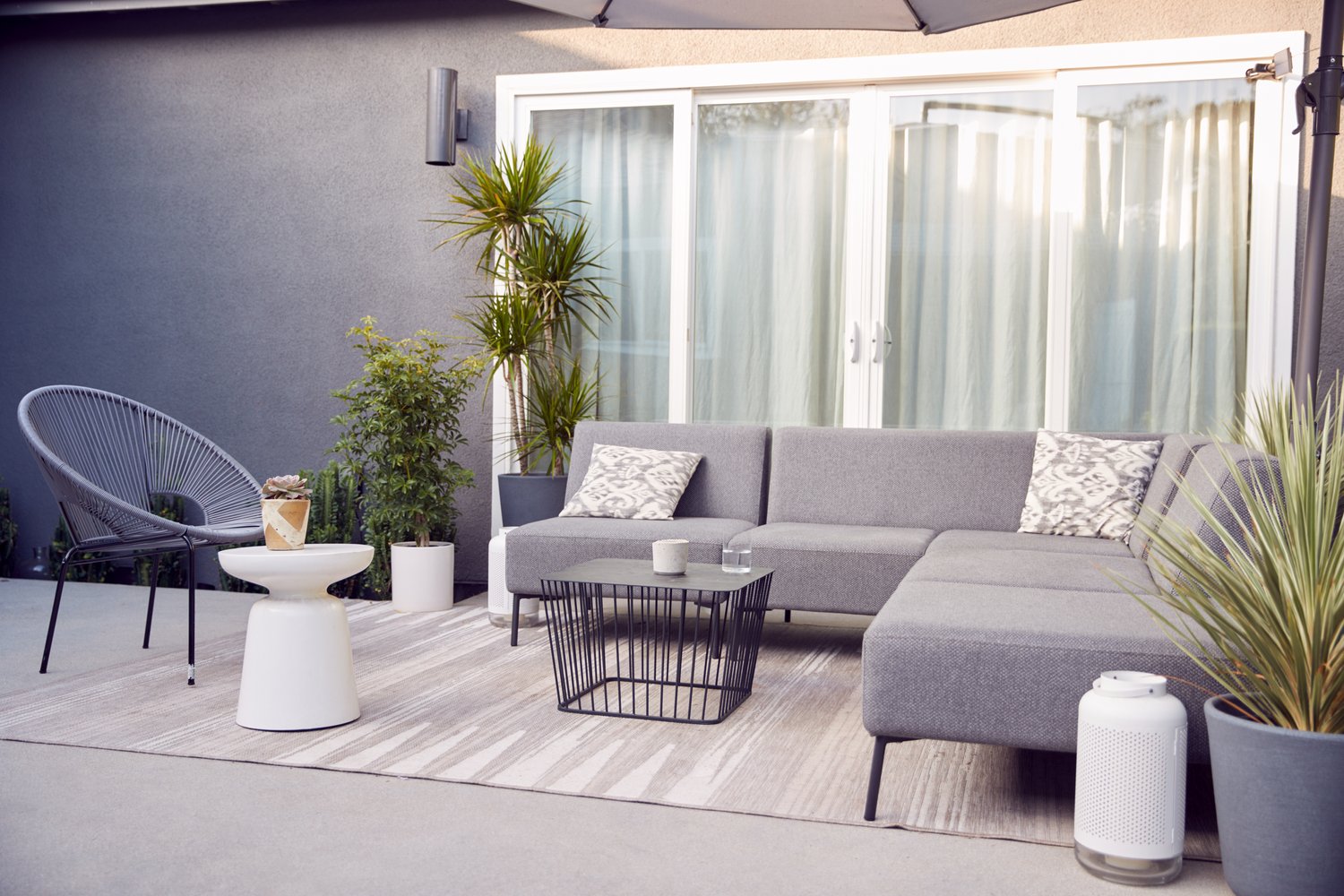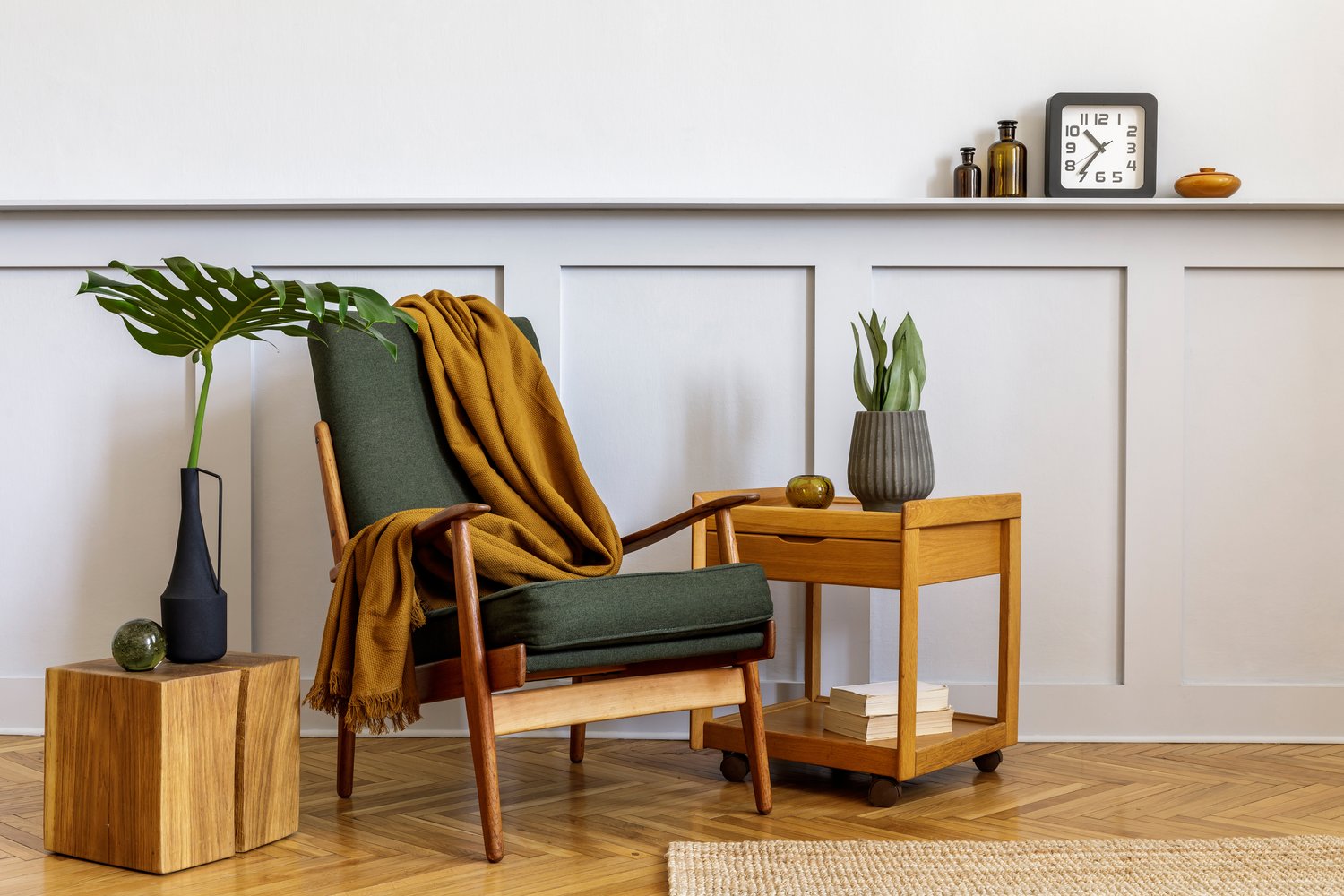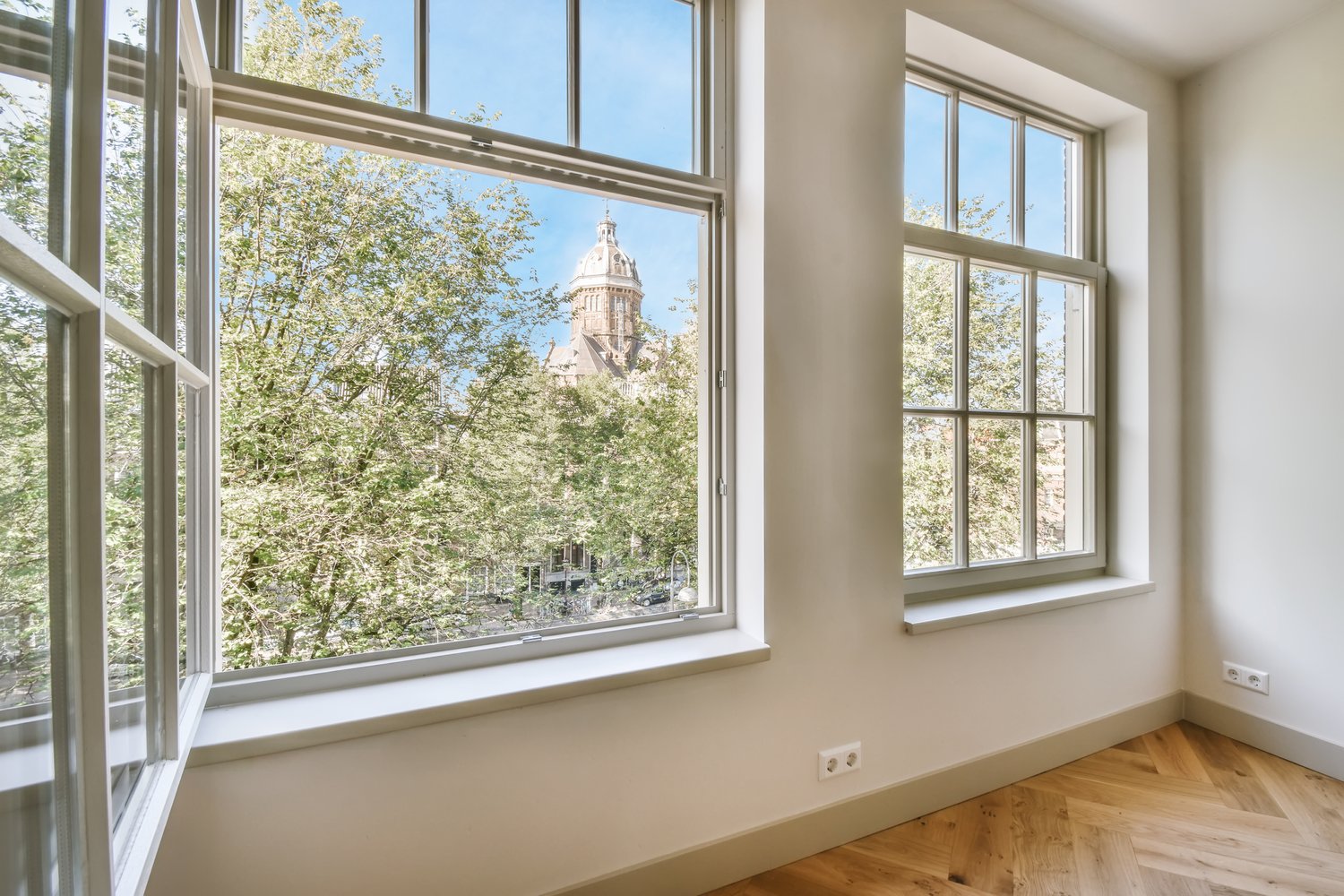Outdoor fabrics endure harsh conditions throughout the seasons, from scorching sun to heavy rain and everything in between. Proper outdoor fabric care can extend the life of your patio cushions, umbrellas, awnings, and other garden textiles by years, saving you money and keeping your outdoor spaces looking fresh. This comprehensive guide covers essential cleaning techniques, maintenance routines, storage recommendations, and weatherproofing tips to help your outdoor fabrics withstand the elements and maintain their beauty season after season.
Understanding Outdoor Fabrics
Before diving into maintenance routines, it’s important to understand what makes outdoor fabrics different. Most quality outdoor textiles are made with synthetic fibers like acrylic, polyester, or olefin that have been treated with special coatings to resist water, UV rays, and mildew. Brands like Sunbrella, Outdura, and Tempotest are specifically engineered to withstand outdoor conditions while remaining soft and comfortable. These fabrics are designed to be breathable yet water-resistant, allowing moisture to evaporate rather than soak in. However, even the most durable outdoor fabrics require regular care to maintain their protective qualities and appearance.
Regular Cleaning Basics
The foundation of outdoor fabric care is consistent, gentle cleaning. For routine maintenance of patio cushions and other outdoor textiles, begin by brushing off loose dirt and debris with a soft brush. This prevents particles from working their way into the fabric when wet. For light cleaning, mix a solution of mild soap (like dish soap) with lukewarm water. Using a soft sponge or cloth, gently clean the fabric surface without scrubbing aggressively, which can damage protective coatings. Rinse thoroughly with clean water to remove all soap residue, as leftover soap can attract more dirt. Allow fabrics to air dry completely before returning them to use or storage.
Deep Cleaning Techniques
When your outdoor fabrics need more intensive care, it’s time for a deep clean. For stubborn stains on patio cushions, prepare a stronger cleaning solution with one cup of bleach, one-fourth cup of mild soap, and one gallon of water—but only if your fabric is bleach-safe (check the manufacturer’s tag). Apply the solution to the entire fabric surface to prevent water rings and uneven cleaning. Let it soak for 15 minutes, then scrub gently with a soft brush. Rinse thoroughly until the water runs clear with no soap bubbles. According to specialists at AskHomey, proper rinsing is crucial as soap residue can trap dirt and lead to faster re-soiling of your outdoor fabrics.
Specific Care for Outdoor Umbrellas
Outdoor umbrellas require specialized care due to their construction and exposure. To maintain outdoor umbrellas properly, clean them while they’re open to access all fabric surfaces. Use a garden hose to spray down the fabric, then clean with a soft brush and mild soap solution. Pay special attention to the underside where mildew often develops due to less air circulation. For umbrella frames, wipe down metal parts with appropriate cleaners—typically mild soap for aluminum and special wood cleaners for wooden frames. Lubricate moving parts annually with silicone spray to prevent sticking. Always allow umbrellas to dry completely before closing to prevent mold growth in the folds.
Protecting and Weatherproofing Garden Textiles
Weatherproofing is essential for extending the life of your outdoor fabrics. Even fabrics that come with factory-applied protectants will eventually need reapplication. After cleaning and completely drying your garden textiles, apply a fabric guard product specifically designed for outdoor use. Products like 303 Fabric Guard or Scotchgard Heavy Duty Water Shield can restore water and stain resistance. Apply on a mild, dry day with good ventilation, spraying evenly until the fabric is damp but not soaked. Allow 24 hours of drying time before using the furniture. For maximum protection, reapply weatherproofing treatments annually or after deep cleaning sessions.
Seasonal Storage Strategies
Proper storage during off-seasons dramatically extends fabric life. Before storing patio cushions and other outdoor textiles, ensure they are completely clean and thoroughly dry to prevent mold and mildew growth. Store in a cool, dry place—never in plastic bags, which trap moisture. Instead, use breathable fabric storage bags or wrap in old sheets. For outdoor umbrellas, close and secure with a cover, storing horizontally if possible to prevent fabric stretching. Stackable chairs with fabric elements should be cleaned, dried, and covered or stored indoors. If you must leave furniture outside during winter, invest in high-quality, breathable furniture covers that allow air circulation while blocking moisture.
Addressing Common Problems
Even with diligent care, outdoor fabrics sometimes develop issues. For mildew, create a solution of one cup bleach (if fabric permits), one-fourth cup mild soap, and one gallon of water. Apply to the affected area, let sit for 15 minutes, then scrub gently and rinse thoroughly. For persistent water repellency problems, check that fabrics are clean—sometimes detergent residue prevents water from beading. If clean fabric still absorbs water, it’s time to reapply a waterproofing treatment. For fading, unfortunately, there’s no reversal, but future fading can be minimized by using fabric UV protectant sprays and providing shade when possible.
For more tips and to connect with reliable home service professionals, follow AskHomey on Facebook and Instagram.



